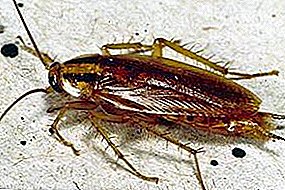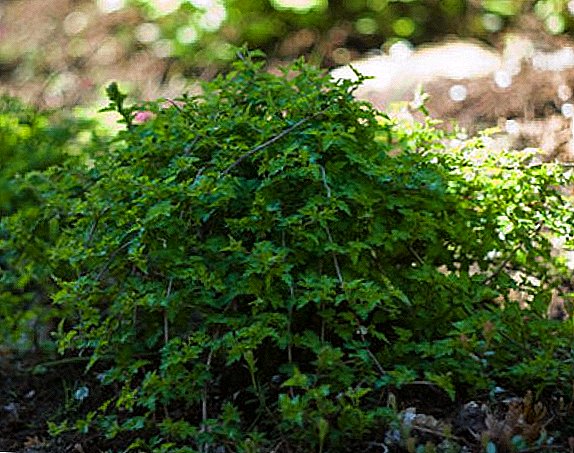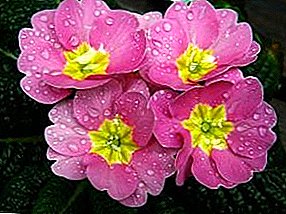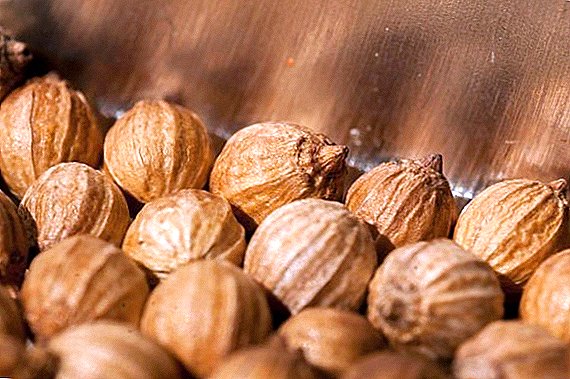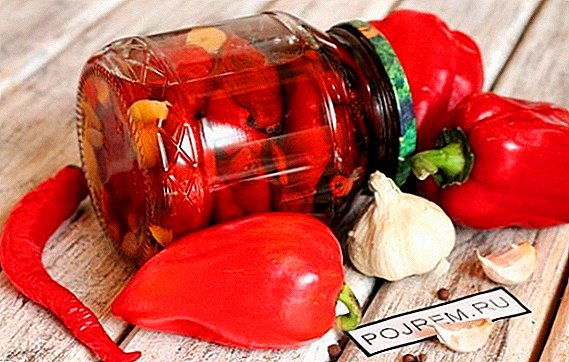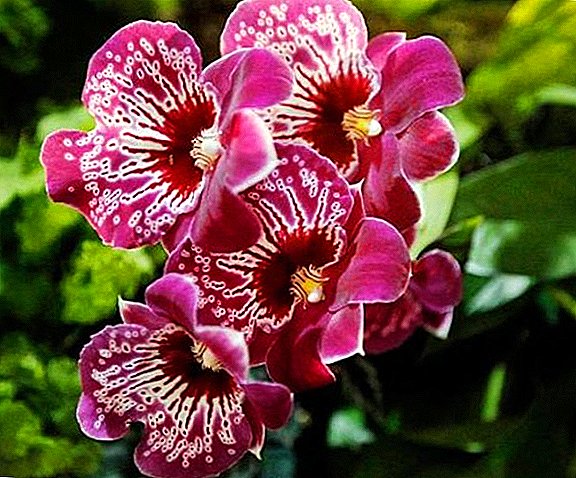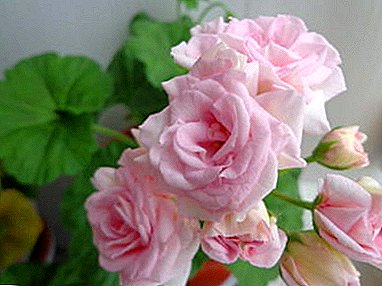
Modern flower growers offer a wide selection of various ornamental plants.
Pelargonium is one of them. More popular hybrid varieties, for example, rococo pelargonium.
This article will discuss the characteristics of this variety, the rules for caring for it, about the features of reproduction, as well as about the diseases and pests of this flower.
Botanical description, history and price
Pelargonium Rococo is a terrific variety. It is a hybrid of ivy and zonal pelargonium. It was launched in 1981 in the United States. Rococo-pelargonium with large and beautiful pink flowers, which resemble rosebuds. With its vertical growth of shoots, it resembles ileal pelargoniums, but the leaves have the form of zonal species. She has a very beautiful, abundant bloom, which lasts 9-10 months a year.
Rococo is a picky variety that needs standard care, nutritious soil, top dressing and watering. Pricing policy of this class from 250 to 400 rubles.
Description of appearance and features
A feature of this variety is its large and lush pink buds that resemble rose buds. The flowers are large and lush are ornamental inflorescences. Pale pink petals stand out against the background of foliage of a light green shade. Foliage is rounded with wavy edges.
It grows neat, compact bush with short internodes and not much elongated shoots.
A photo
Next you can see the photo of the flower.



Where and how to grow?
This is an unpretentious plant, therefore planting, care and cultivation of this variety is not difficult. When you follow the simple rules of care, you get a gorgeous bloom.
Planting indoor plants
If you are going to grow rococo at home, then first of all you need to get a tank in which there are drainage holes. Its depth must be at least 25 centimeters.
- Plant the plant in a clean container. It is first necessary to rinse the pot with manganese solution, which is capable of killing bacteria and larvae of pests.
- Choose a primer that can pass water and dry quickly. An example of such a soil is a universal earth mixture, which can be purchased at any flower shop.
- For successful planting in the pot should be put a layer of expanded clay. Top with sand and fill most of the pot with earth.
- Make a recess and place a flower in it.
- Well pour and put on the windowsill.
Planting in open ground
Such Landing should be carried out in the spring after the end of the last frost. Otherwise, the plant may die.
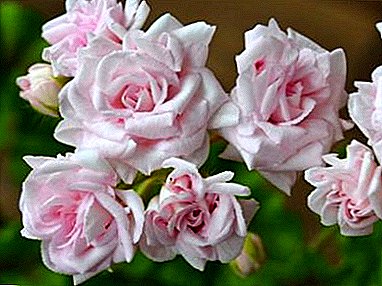 Loosen the ground with a shovel, digging to a depth of 35 cm.
Loosen the ground with a shovel, digging to a depth of 35 cm.- Enrich the soil with nutrients. Compost is suitable for this. It should be distributed over the surface of the bed 5-10 cm and mixed with the top layer of earth.
- Dig a hole 25 cm deep and plant the plants 60 cm apart.
- Scion down in the hole, sprinkle with earth and water well.
Lighting and location
Rococo is very fond of light, so you need to place the plant in a well-lit place. In the shade, the flower will not bloom, the leaves will become small, and the shoots will be pulled out.
For normal growth the flower should be 4 hours a day in the sun. In winter, in order to provide it with enough light, it is necessary to artificially highlight it. However, at noon the plant is pritenuyut, so that it does not receive burns.
Soil requirements
The soil is chosen loose and nutritious. It can be purchased at any store, and you can cook yourself. For this you need:
- 2 pieces of turf;
- 1 part of sand;
- 1 part peat land.
Same the soil should be slightly acidic and preferably neutral. When using self-prepared soil, before planting, it must be disinfected to kill bacteria and larvae pests.
How to care?
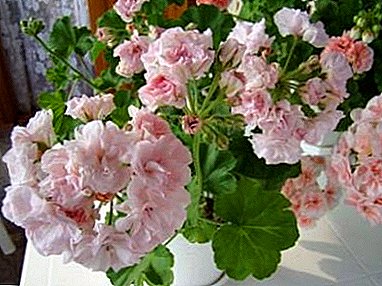 Temperature. The flower needs a moderate temperature. Suitable temperature is +20 ... +23 during the day and + 12 ... +15 at night. In the winter period, around the clock to keep the temperature + 12 ... +15 degrees. In the warm season, the plant can grow and develop well in the open air.
Temperature. The flower needs a moderate temperature. Suitable temperature is +20 ... +23 during the day and + 12 ... +15 at night. In the winter period, around the clock to keep the temperature + 12 ... +15 degrees. In the warm season, the plant can grow and develop well in the open air.- Watering. It must be of high quality and sufficient. Important competent dosage irrigation. Due to lack of moisture, the plant will wither, and from an overabundance, root rot will begin. It is recommended to make watering when the topsoil dries. It is also necessary to water more often in the summer, and in the winter to reduce watering to once every 10-14 days.
The plant does not need spraying. On the contrary, it may adversely affect him. Drops of water can leave ugly spots on the leaves, and in cool weather they will lead to rotting of the stems and leaves.
- Transfer. Due to its rapid growth, Rococo needs transplants. But they need to be carried out when the roots begin to show from the drainage holes. It is best to replant in the spring, and in the winter, leave the plant alone and give it strength.
- Top dressing. Pelargonium is in need of feeding. It is best to use mineral fertilizers for pelargonium. In the spring, they use a feed with a high nitrogen content. At the beginning of flowering use potassium phosphate fertilizers.
However, it should be remembered that after transplantation the plant does not need one and a half months to feed. Since the soil is already sufficient amount of nutrients and minerals. Even for dressing it is recommended to use ready-made formulations, for example, Kemira or Fertik.
Common diseases and pests
 The danger for rococo pelargonium are:
The danger for rococo pelargonium are:
- spider mite;
- thrips;
- aphid;
- mealybug.
If you have noticed pest larvae or the plant is already suffering from parasites, then it is urgently needed to be treated with insecticidal agents.
Of the disease is the danger of black foot or root rot. It leads to the death of the plant and is not treated. In order for the flower not to get sick, you must strictly control the watering and not keep it in a room with a low temperature.
Breeding features
Planting can take place all year round. But in winter, the plant will need additional lighting. Therefore, it is best to plant in spring or summer.
Before planting, the ground must be disinfected:
- Steam the soil in a water bath;
- calcined in the oven;
- washed with fungicide agent.
Then perform the following actions:
- To improve germination, seeds are rubbed with sandpaper.
- Planted seeds in a shallow container (2-3 cm) with moist soil. Top sprinkled with a small layer of soil.
- Capacity with seeds is set at a temperature of + 20 ... +22 degrees and regularly moisten the soil.
- After germination, put the container into the light.
- After the appearance of several leaves, dive into small pots so that the root neck is not buried.
Pelargonium Rococo will attract any florist for its unpretentiousness. And if you follow the simple rules of care and disease prevention, it will also please the eye with a magnificent lush bloom. And thanks to the ease of care, even a beginner florist will be able to grow a healthy plant.


 Loosen the ground with a shovel, digging to a depth of 35 cm.
Loosen the ground with a shovel, digging to a depth of 35 cm. Temperature. The flower needs a moderate temperature. Suitable temperature is +20 ... +23 during the day and + 12 ... +15 at night. In the winter period, around the clock to keep the temperature + 12 ... +15 degrees. In the warm season, the plant can grow and develop well in the open air.
Temperature. The flower needs a moderate temperature. Suitable temperature is +20 ... +23 during the day and + 12 ... +15 at night. In the winter period, around the clock to keep the temperature + 12 ... +15 degrees. In the warm season, the plant can grow and develop well in the open air.
